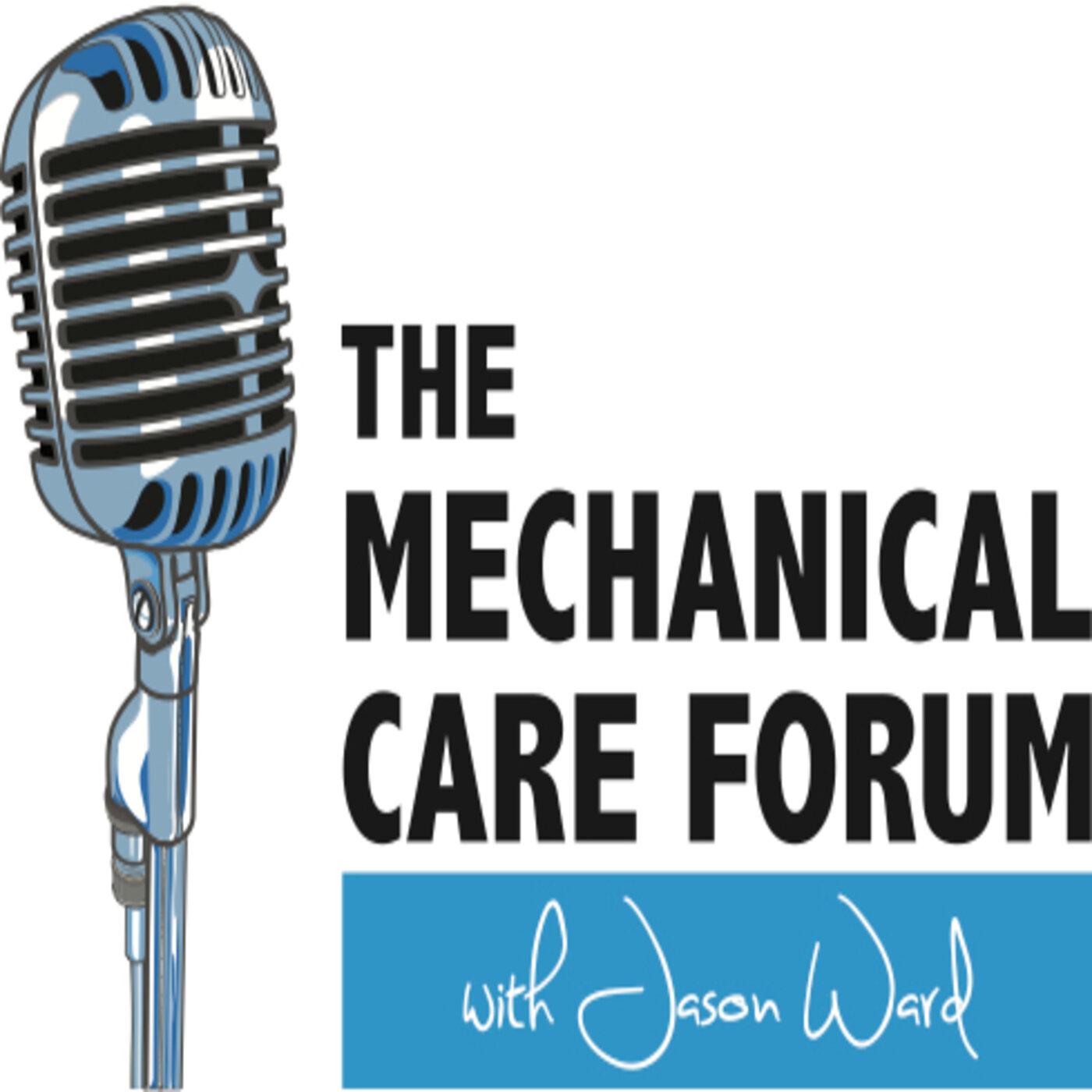In episode 6 of season 8 of Inside the Science we’re highlighting the study, “Effectiveness of mechanical diagnosis and therapy in patients with back pain who meet a clinical prediction rule for spinal manipulation” with Dr. Ron Schenk. You’ll hear him share a bit about this paper’s origin and backstory, some clarification on clinical prediction rules, specifics on the methodology of this paper, the actual differences in outcomes in the two treatment arms, the clinical implications, and big takeaways.
Season 8, Episode 5 with Stephen May; An international survey of the comprehensiveness of the McKenzie classification system and the proportions in spinal pain
In episode 5 of season 8 of Inside the Science we’re highlighting the study, “An international survey of the comprehensiveness of the McKenzie classification system and the proportions of classifications and directional preferences in patients with spinal pain” with Dr. Stephen May. You’ll hear him share the background of what prompted the paper, specifics as to what classification syndromes were found and to what percentage, what was found for the “OTHER” subgroup, what direction was generally preferred, how often the provisional classification remained the same from initial to discharge, the clinical implications and big takeaways.
Season 7, Episode 15 with Kathrin Braenuinger-Weimer: Improving consultations for persistent musculoskeletal low back pain in orthopaedic spine settings: an intervention development
In episode 15 of season 7 of Inside the Science we’re highlighting the study, “Improving consultations for persistent musculoskeletal low back pain in orthopaedic spine settings: an intervention development” with Dr. Kathrin Braeuninger-Weimer. You’ll hear her give the backstory on the genesis of this paper, more clarification of this intervention development, some of the more important needs of both the patients and the clinicians, what’s still uncertain due to the limitations of this study, the clinical implications and big takeaways
Season 7, Episode 14 with Kathrin Braeuninger-Weimer: Reassurance and healthcare seeking in people with persistent musculoskeletal low back pain consulting orthopaedic spine practitioners
In episode 14 of season 7 of Inside the Science we’re highlighting the study, “Reassurance and healthcare seeking in people with persistent musculoskeletal low back pain consulting orthopaedic spine practitioners: A prospective cohort study” with Dr. Kathrin Braeuninger-Weimer. You’ll hear her give specifics to the reassurance data collected, the reassurance elements that predicted more subsequent physician consultations later, the clinical implications, and big takeaways.
Season 7, Episode 10 with Laura Finucane: International Framework for Red Flags for Potential Serious Spinal Pathologies
In episode 10 of season 7 of Inside the Science we’re highlighting the study, “International Framework for Red Flags for Potential Serious Spinal Pathologies” with Dr. Laura Finucane. You’ll hear her give the backstory of the need for better abilities to pick on serious pathology through red flag identification, how prevalent these conditions are, a suggested three-step process on how a clinician might approach these scenarios, the risk factors related to four more common serious pathology conditions, the clinical implications, and big takeaways.
Season 6, Episode 6 with Ravi Rastogi: Exploring indicators of extremity pain of spinal source as identified by MDT: a secondary analysis of a prospective cohort study
In episode 6 of season 6 of Inside the Science we’re highlighting the study, “Exploring indicators of extremity pain of spinal source as identified by Mechanical Diagnosis and Therapy (MDT): a secondary analysis of a prospective cohort study” with Mr Ravi Rastogi. He explains the context of this follow up study from the original EXPOSS study from 2019, a closer look at the questions and physical exam findings which were gathered as potential as predictors of the source of symptoms being from the spine versus the extremities, how he interprets and uses this paper, the clinical implications and the big takeaways.
Season 4, Episode 2 with Sinikka Kilpikoski: Comparison of Prevalence of Degenerative Findings in Lumbar Magnetic Resonance Imaging among Sciatica Patients classified using the McKenzie Method
In episode 2 of season 4 of Inside the Science we’re highlighting the pre-published study, “Comparison of Prevalence of Degenerative Findings in Lumbar Magnetic Resonance Imaging among Sciatica Patients classified using the McKenzie Method ” with Dr. Sinikka Kilpikoski. She explains the differences in MRI findings in those who classified as derangement versus mechanically unresponsive radicular syndrome or MURS, the details of how this study was conducted, how she uses this information to educate others and with whom she shares it, the clinical implications and the big takeaways.
Season 3, Episode 14 with Christophe Demoulin: Beliefs in the Population about Cracking Sounds Produced during Spinal Manipulation
In episode 14 of season 3 of Inside the Science we’re highlighting the study, “Beliefs in the Population about Cracking Sounds Produced during Spinal Manipulation” with Dr Christophe Demoulin. He shares why he believes its important to know what patients believe about joint cracking, other studies which can shed light on this topic, some of the expectations of the authors and how these results might have been surprising, how this information might prepare a clinician as they plan to perform a manual manipulation, the clinical implications and the big takeaways.
Season 3, Episode 1 with Martha Funabashi: Beliefs and Actions of Chiros and Patients Related to Benign Adverse Events from Manipulations
In episode 1 of season 3 of Inside the Science, we’re highlighting the article, “Beliefs, perceptions, and practices of chiropractors and patients about mitigation strategies for benign adverse events after spinal manipulation therapy” with the author, Dr. Martha Funabashi. She shares what specifically was shown related to the beliefs, perceptions, and practices of both clinicians and patients of benign adverse events, the clinical implications and the big takeaways
